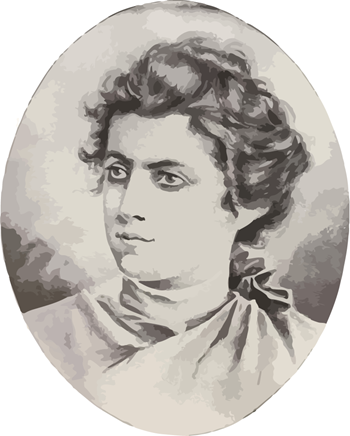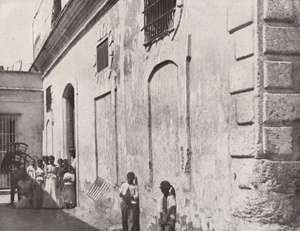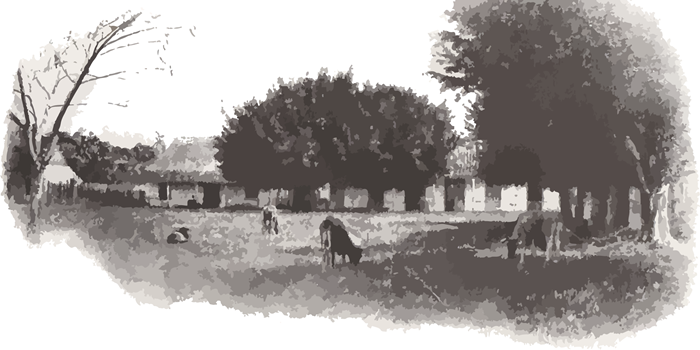Evangelina Cisneros, born in 1877 in Cuba, became a prominent symbol of Cuban resistance against Spanish colonial rule during the Cuban War of Independence. The daughter of a revolutionary leader, she became involved in the independence movement from a young age. Her story gained international attention due to the dramatic circumstances of her imprisonment and subsequent rescue.
 In 1896, Cisneros was arrested by Spanish authorities on charges of conspiring against the Spanish government. She was imprisoned in the notorious Casa de Recogidas in Havana, where her plight quickly became a cause célèbre. Her imprisonment sparked outrage, particularly in the United States, where it was seen as an example of Spanish cruelty and oppression.
In 1896, Cisneros was arrested by Spanish authorities on charges of conspiring against the Spanish government. She was imprisoned in the notorious Casa de Recogidas in Havana, where her plight quickly became a cause célèbre. Her imprisonment sparked outrage, particularly in the United States, where it was seen as an example of Spanish cruelty and oppression.
American journalist William Randolph Hearst, known for his sensationalist style, used his newspaper, the New York Journal, to launch a campaign to free Cisneros. The campaign included numerous articles highlighting her plight and rallying public support. In a dramatic turn of events, Hearst sent reporter Karl Decker to Cuba, who orchestrated a daring and successful escape for Cisneros in October 1897.
 Cisneros was smuggled out of the prison disguised as a man and taken to the United States, where she was greeted as a heroine. Her arrival in New York City was celebrated with great fanfare, and she was received by prominent figures who supported Cuban independence.
Cisneros was smuggled out of the prison disguised as a man and taken to the United States, where she was greeted as a heroine. Her arrival in New York City was celebrated with great fanfare, and she was received by prominent figures who supported Cuban independence.
 Evangelina Cisneros's story exemplified the struggles of the Cuban people against colonial rule and the power of the press in shaping public opinion. Her rescue highlighted the international dimension of the Cuban independence movement and underscored the role of media in influencing political and humanitarian causes.
Evangelina Cisneros's story exemplified the struggles of the Cuban people against colonial rule and the power of the press in shaping public opinion. Her rescue highlighted the international dimension of the Cuban independence movement and underscored the role of media in influencing political and humanitarian causes. |

